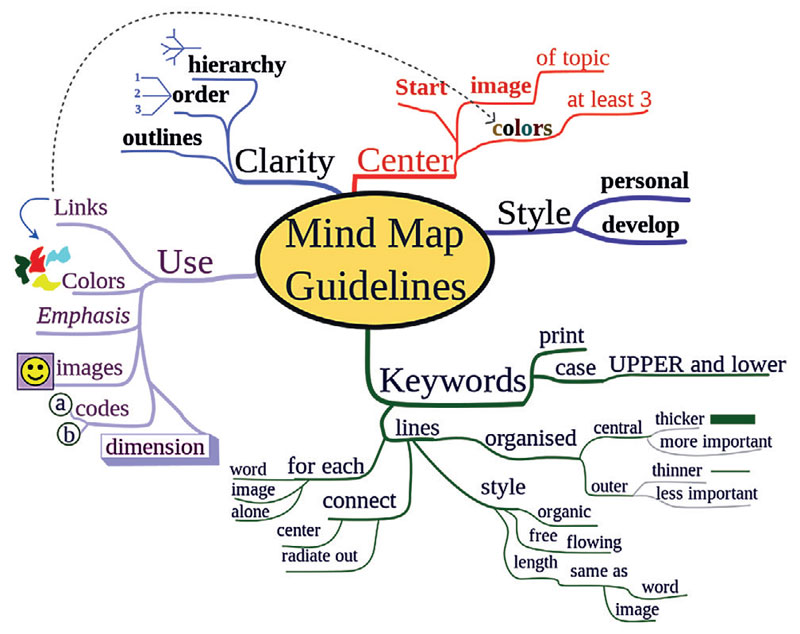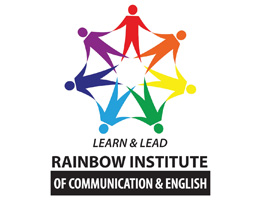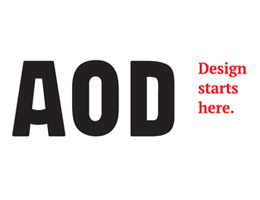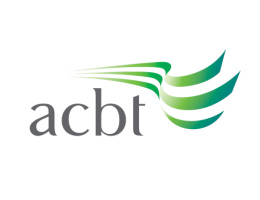Mind map

A mind map is basically a diagram that connects information around a central subject. It likes a tree, although it has more of a radial structure. In any case, at the center is your main idea, say, poetry, and the branches are subtopics or related ideas, such as types of poetry, famous poets, and poetry publications. Greater levels of detail branch out from there and branches can be linked together. Mind maps can be more effective than other brainstorming and linear note-taking methods for a number of reasons: It’s a graphical tool that can incorporate words, images, numbers, and color, so it can be more memorable and enjoyable to create and review. Mind maps link and group concepts together through natural associations. This helps generate more ideas, find deeper meaning in your subject, and also prompt you to fill in more or find what you’re missing. A mind map can at once give you an overview of a large subject while also holding large amounts of information.
It’s also a very intuitive way to organize your thoughts, since mind maps mimic the way our brains think—bouncing ideas off of each other, rather than thinking linearly. You can generate ideas very quickly with this technique and are encouraged to explore different creative pathways. You can create a mind map on paper, in a drawing app on your tablet, or one of many popular mind mapping software tools, such as XMind, Lifehacker readers’ favorite mind mapping software. Pen and paper may be better because you can get your thoughts out more quickly and the act of drawing the branches out can aid recall. On the other hand, using the computer can make your mind maps searchable and include attachments. If you’re having trouble deciding from among the tons of digital tools to choose from, the Mind Mapping Software blog suggests you look for these five features: the ability to add links and attachments, add notes, filter content, export to other programs or formats, and use keyboard shortcuts. Once you’ve chosen your tool, follow these seven steps and tips for making a mind map, from British author Tony Buzan, who trademarked and popularized the term “mind map” in the 1960s:
Start in the CENTRE of a blank page turned sideways. Why? Because starting in the centre gives your Brain freedom to spread out in all directions and to express itself more freely and naturally.
Use an IMAGE or PICTURE for your central idea. Why? Because an image is worth a thousand words and helps you use your Imagination. A central image is more interesting, keeps you focussed, helps you concentrate, and gives your Brain more of a buzz!
Use COLOURS throughout. Why? Because colours are as exciting to your Brain as are images. Colour adds extra vibrancy and life to your Mind Map, adds tremendous energy to your Creative Thinking, and is fun!
CONNECT your MAIN BRANCHES to the central image and connect your second- and third-level branches to the first and second levels, etc. Why? Because your Brain works by association. It likes to link two (or three, or four) things together. If you connect the branches, you will understand and remember a lot more easily.
Make your branches CURVED rather than straight-lined. Why? Because having nothing but straight lines is boring to your Brain.
Use ONE KEY WORD PER LINE. Why Because single key words give your Mind Map more power and flexibility.
Use IMAGES throughout. Why Because each image, like the central image, is also worth a thousand words. So if you have only 10 images in your Mind Map, it’s already the equal of 10,000 words of notes!
N.B.A.K.PRIYADARSHANI Lecturer (SLTES) Maharagama National College of Education Maharagama









































.jpg)
.jpg)
.jpg)

.jpg)
.jpg)
